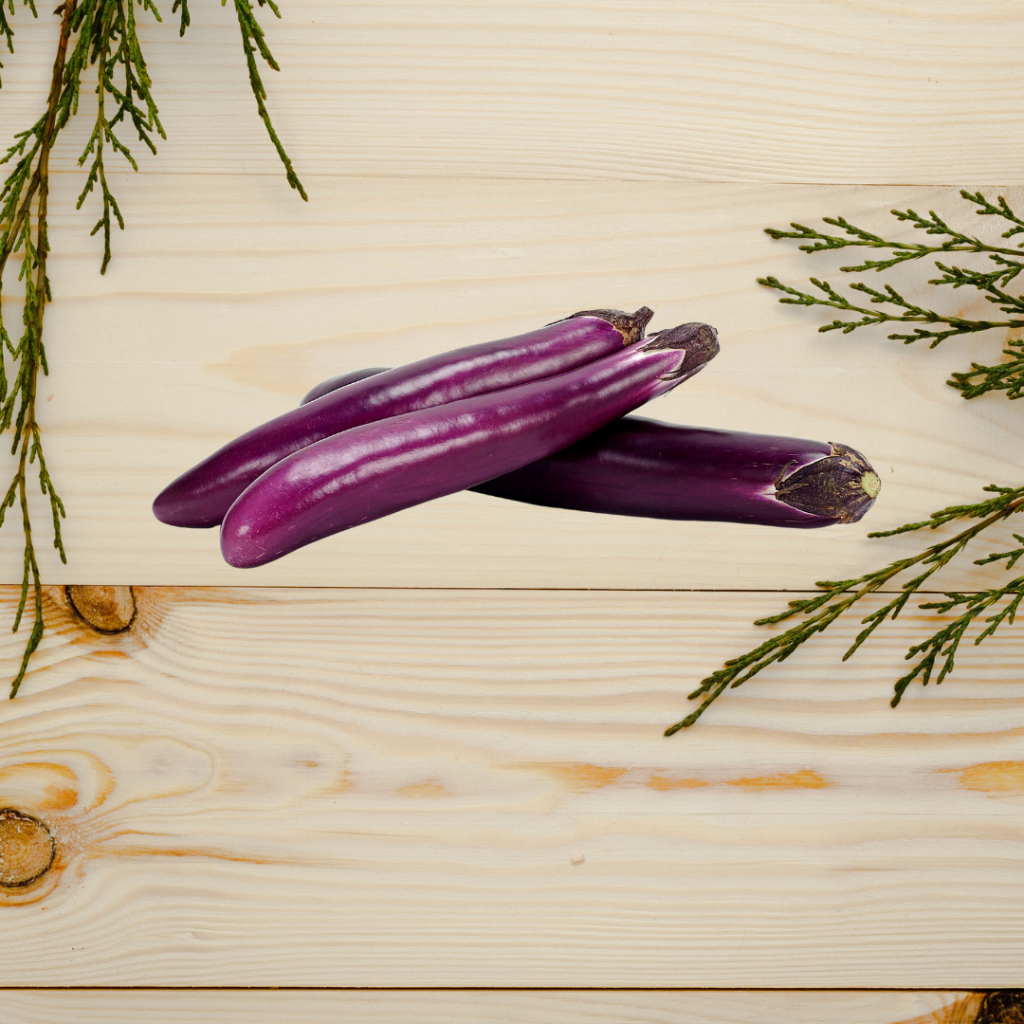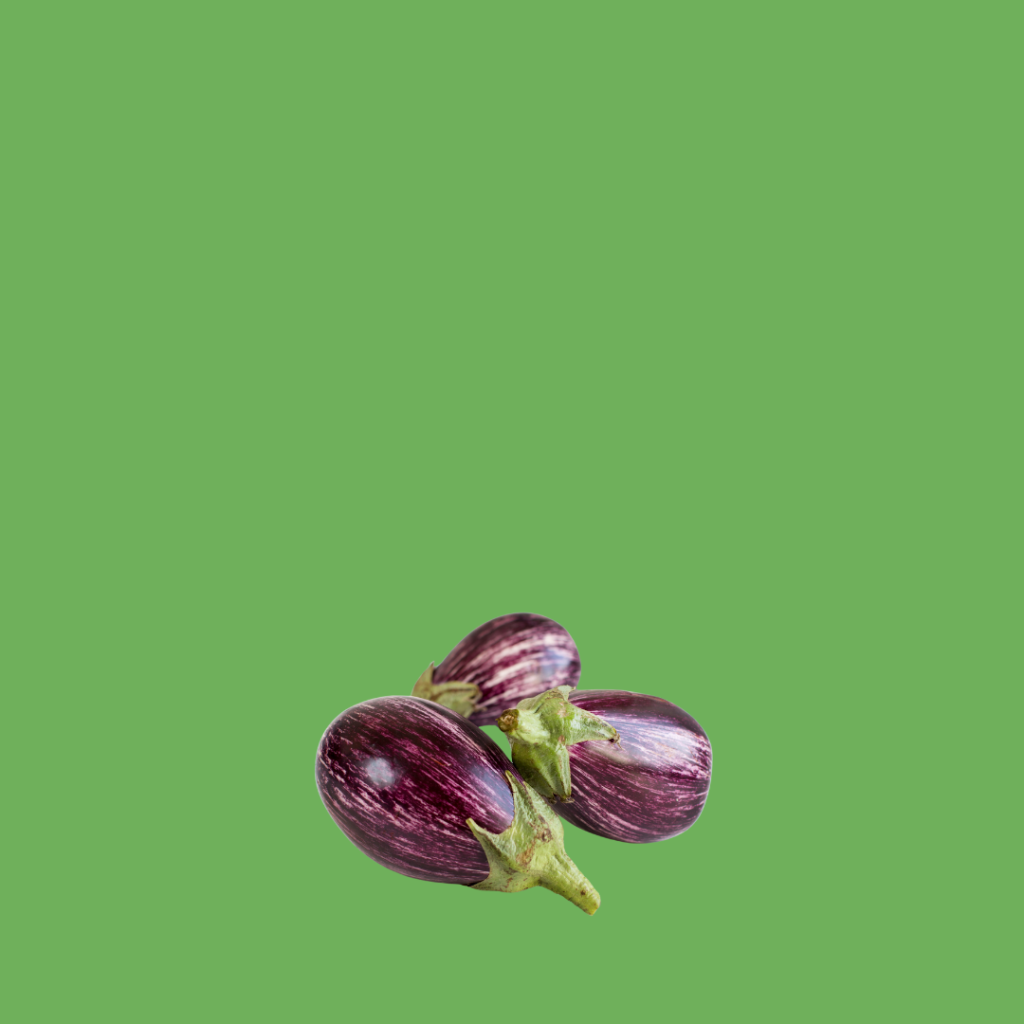
As an Amazon Associate, I earn from qualifying purchases. That means I earn commissions from my sponsored links or I make money when readers (you) purchase items through my links. Your purchase allows me to continue working as a stay-at-home dad who moonlights as a farmer and a musician. Needless to say, this post contains affiliate links.
I never expected eggplants, as mundane and ubiquitous as they are here in the Philippines, to be as widespread all over the world as a meme.
Or emoji?
Anyway… we’re here, on this digital platform to talk about non-digital eggplants. Or the act of planting actual eggplants to augment your food supply at home.
And here in the Philippines, we call eggplants talong.

Or tashort if they look like these…

Kidding!
But seriously, why eggplants?
Well, they’re one of the easiest and most rewarding vegetables to grow, especially for amateur farmers, weekend gardeners, or wannabe or pro preppers, or even full-time homesteading warriors trying to stretch every peso in their household budget.
And let’s be real.
Eggplants are underrated.
They’re resilient, productive, and very well suited for the Philippine climate.
Whether you’re in Calinan where vegetable farming is serious business, or just starting with a couple of repurposed paint buckets at the back of your house, this guide will help you level up your food production journey.
Why Eggplants Are Built for the Philippine Climate
The heat in the Philippines?
No problem.
Eggplants (Solanum melongena) love sunlight, heat, and even moderate drought.
That’s why they thrive in lowland areas like most of Luzon, Visayas, and Mindanao.
Think of it this way: if lettuce is the fragile tita of vegetables, eggplant is the hardy tricycle driver who ferries passengers across difficult terrain under the heat of the sun.

The Department of Agriculture even lists eggplant as one of the country’s top vegetables for small-scale food production because of its high yield, low maintenance, and value as a retail product in the local markets.
Planting season?
Best between October to February, but you can also grow them almost year-round.
This is a perennial fruit that has high survivability in our climate so if you’re thinking of starting a backyard garden, you can’t go wrong with starting it with eggplants.
Eggplant Varieties in the Philippines
Yes, marami! And choosing the right one depends on your space, climate, and goal bilang grower—whether you’re a professional farmer or weekend warrior.
Native Eggplant or Talong
- long, deep, dark purple, and has some slightly bitter taste.
- Grows well even with poor soil.
- Not as susceptible to local pests.
Ilocos
- Popular for commercial farmers.
- Slim, shiny, dark purple.
- High yield and fast-growing.
Mistisa or Hybrid Varieties
- Softer skin and flesh, ideal for grilling.
- Higher fruit production.
- Needs more consistent watering and fertilizer.
Pro tip: If you’re starting your backyard farming setup, try ‘Mistisa’ or ‘Ilocos’. These are more resilient and have a higher yield. You’ll probably just need 2 or 3 plants to produce what you’ll need for your small family.
Land Preparation
- Clear weeds, rocks, and debris. Kahit konting space lang—mga 1×2 meters—can support 4–6 eggplants.
- Loosen soil up to 12 inches deep. Talong has deep roots, kaya kailangan ng malalim na taniman.
- Mix in aged compost or decomposed manure two weeks before planting.
Container Growers:
- Use containers at least 12 inches deep and wide.
- Make sure meron kang good drainage.
No compost?
We’ve got compost!
Head on over to our shop for some good old compost.
Fertilizer Application
Eggplants grow best with a good fertilizer application.
Organic Option:
- Mix compost with vermicast or chicken manure.
- Apply 2–3 handfuls per plant every 3–4 weeks.
Inorganic Option:
- Basal: 14-14-14, 1 tablespoon per planting hole.
- Side-dress: Urea (46-0-0) or Ammonium Sulfate (21-0-0) every 3 weeks.
Reminder: Too much nitrogen = overlarge leaves with little to no fruits..
Seed Preparation
Soak and Dry
- Soak seeds in lukewarm water for 24 hours.
- Let dry for a few hours before planting.
This boosts germination rates from 60% to 90%.
Planting the Eggplants
Direct or Transplant?
- You can direct seed into the soil, pero mas reliable ang transplanting for uniform growth.
Transplanting Guide:
- Sow seeds in seedling trays or egg cartons.
- Wait 3–4 weeks or until 4–5 true leaves appear.
- Transplant in early morning or late afternoon.
Spacing:
- 18–24 inches apart
- 3 feet between rows
For containers: One plant per large pot.
Irrigation: Find the Sweet Spot Between Dry and Drowned
Eggplants love moist soil—but hate being soaked.
- Water every 2–3 days in dry season.
- Adjust during rainy season; don’t let roots rot.
- Best to water early morning. Watering when the sun’s out especially at its highest point will cook the roots!
Pro Tip: Mulch with rice straw, coconut husks or dried leaves to retain moisture and suppress weeds.
Cultivation and Weeding: Keep It Clean
Weeds steal nutrients, hide pests, and make your garden look sad.
- Weed weekly or as needed.
- Hill soil around base after 1 month to stabilize the stem.
- Mulch as often as possible.
Don’t get stressed if there’s a little grass, just don’t let it grow too much as to affect your vegetable garden. You’re growing a garden, not a jungle.
Pest Management: Fight Back Without Nuking Nature
Common Eggplant Enemies:
- Flea beetles
- Aphids
- Fruit borers
- Spider mites
Natural Remedies:
- Spray with neem oil every 7–10 days.
- Mix dish soap + garlic + chili for a DIY organic spray.
- Intercrop with basil, marigold, or lemongrass—these naturally repel bugs.
If chemical pesticides are needed, read and follow instructions strictly. Wear gloves and respect the ecosystem. Only apply as needed.
Remember, these eggplants are meant for human consumption and you wouldn’t want too many chemicals present in your food.
Harvesting: When and How to Get Those Beautiful Purple Fruits
When to Harvest:
- 60–80 days after transplanting
- Fruits should be glossy, dark purple, and around 6–8 inches
Harvest every 2–3 days. Eggplants grow fast—miss one harvest, and they’ll go to waste. Sayang.
Harvesting Tips:
- Use scissors or pruning shears.
- Twist gently if you don’t have the proper pruning shears or tools. Don’t force it. You might break or damage the stem.
- Harvest in the morning for optimum freshness.
Final Thoughts: Why You Should Be Growing Eggplants Now
Eggplants are high-yield, low-maintenance crops that amateur farmers can plant just anywhere.
Eggplants allow you to take more control of your ability to supply your own food. And whether you’re doing it for homesteading, to boost your food production, or simply to lessen your market expenses, growing eggplants just makes sense.
You’re also joining a growing agriculture movement fueled by every backyard farmer, every curious prepper, and every amateur or professional farmer who started by simply planting one vegetable that turned into more.
In Calinan, Davao—where some of the best backyard gardens grow—I once visited a farmer who only had 15 eggplant plants.
Every week, he harvested enough to cook for his family, give away to neighbors, and still sell a few kilos.
So go ahead.
Plant some eggplants.
Make your garden purple.
Let’s turn memes into meals.
Have eggplant growing tips or funny garden memes? Drop a comment below or message me anytime. Tara, tanim tayo, mga ka-city boy farmer!



